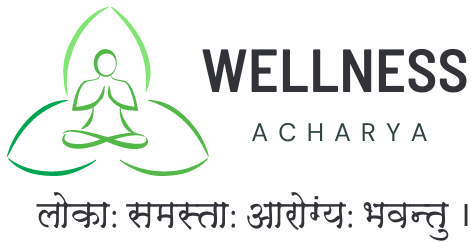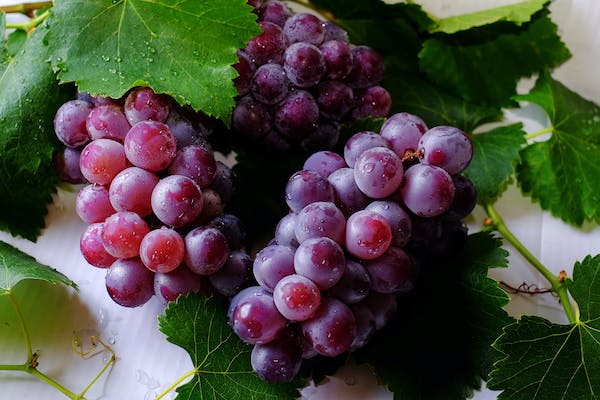HYPERURICAEMIA,GOUT & AYURVEDA
Hyperuricemia is a condition that shows increased uric acid levels in the blood.
In Ayurveda, hyperuricemia in the form of gout can be termed Vatarakta. The classically mentioned symptoms of Vatarakta match that of gouty arthritis, so it might be safe to correlate them. The word vatarakta is a derivative of two Sanskrit terms vata and rakta, citing their involvement in the disease manifestation. Some of the causative factors for the disease mentioned in Charaka Samhita are the intake of lavana (salty), amla (sour), kshara (sharp), dry food, overuse of meat from aquatic and marshy land animals like mutton, excessive indulgence in different types of madya (alcoholic/fermented beverages), incompatible food, vegetables and pulses like radish, black gram, and horse gram, curd, sugarcane, etc. Activities like long-distance travel, improper sleep-wake cycle, sedentary lifestyle, etc are also pointed as the reasons. All these factors tend to vitiate either rakta or vata, and thereby cause the disease.
Ayurvedic management of Vatarakta:
The curability of vatarakta is heavily dependent on the stage of the disease and the doshas involved in it, and that is up to the physician’s verdict. But the treatment protocol can be broadly divided into common treatment and special treatment.
The common management option in the vatarakta condition is Shodhana chikitsa (body purification by using Panchakarma therapies). As vata and rakta are involved, the therapies to pacify them such as virechana (purgation), vasti (herbal enema), and raktamoksha (bloodletting). For virechana and vasti, the medicines should be selected only after assessing the patient’s body type. If the patient’s body is oily, medicines with hot, mild potency can be used, and in the patient with dry skin type, oily substances can be used as medicines. Vasti is indicated only after virechana. Raktamoksha can be done in different ways- be it with a needle or with a leech, the type of bloodletting is to be decided after observing the symptoms of the disease. All these procedures are to be carried out only after doing proper oleation and fomentation. For all procedures, the indications and contra-indications are to be carefully followed by the physician.
Though vata and rakta are the main culprits here, other doshas may also claim their fair share sometimes. Special treatments are done in such conditions. For example-
- Vata-pradhana vatarakta – Oleation is a mode of pacifying aggravated vata. Here, oleation is thoroughly done with ghrita (ghee), taila (oil), vasa (fat), or majja (marrow). Vasti can also be done using them.
- Pitta-pradhana vatarakta- medicines and substances with cold potency and mildness are used (eg- milk, ghee). Mild virechana (purgation) pacifies pitta without increasing vata. Pouring medicated liquid over the affected site and applying cold ointments there may benefit the patient.
- Kapha-pradhana vatarakta- Mild vamana (emesis/induced vomiting) without causing vata aggravation is preferred. Warm medicated pastes can be applied. Oleation should be done wisely as it may increase kapha.
Pathya and Apathya in vatarakta
Some Pathya-
- Barley
- Newly harvested rice
- Wheat
- Dairy products like milk of cow, sheep, buffalo, and butter
- Leafy vegetables such as spinach in limited quantity
- Raisins
- Gooseberry
- Ginger
- The meat of birds in limited quantity
A few apathya-
- Alcohol
- Pulses such as horse gram
- Fermented beverages
- Sesame
- Sugarcane
- Curd
- Day sleep
- Excess sexual activities
- Long distance travel
Several medicines in the form of kashaya, arishta, churna, ghrita, lehya, taila, etc are mentioned in classical textbooks such as Sahasrayoga in the context of Vatarakta. Yet, the best step is to eliminate the chances of getting affected. By practicing a genuine Ayurvedic routine and avoiding the above-said causative factors, one can surely lead a pain-free life.

